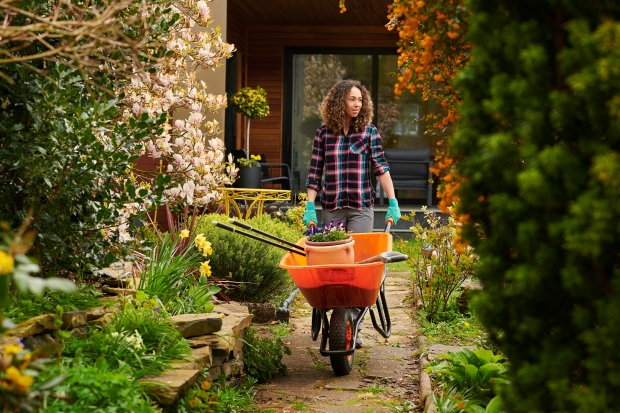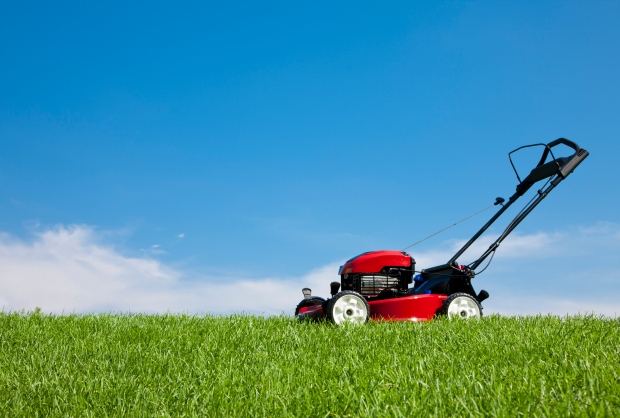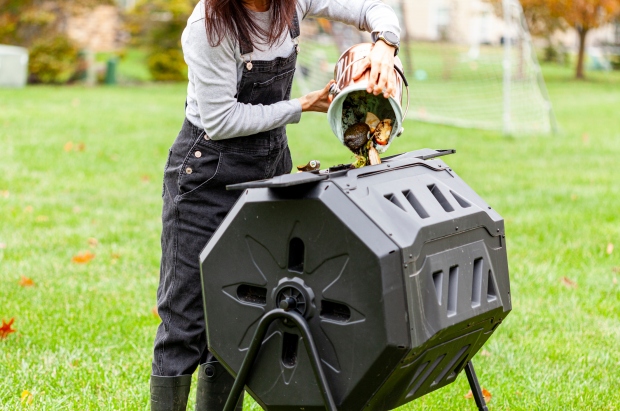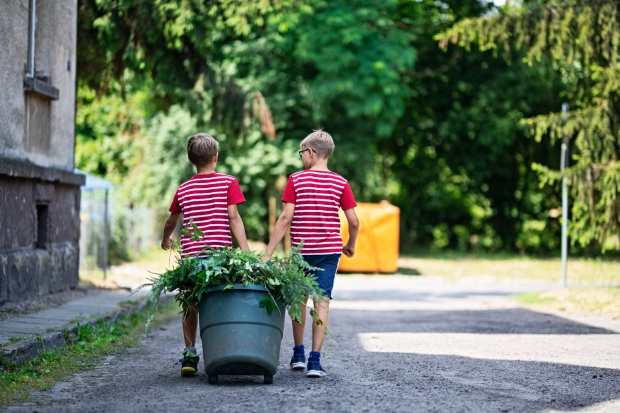Weed Prevention Is Possible!
Preventing weeds can be difficult, but rest assured that it is possible. A well-suited plan used in tandem with proper materials and tools will undoubtedly turn a problematic situation into a much simpler and manageable task.

You have already armed yourself with the most powerful weapon to combat weeds: knowledge. Understanding their life cycles and propagation methods and identifying them by their characteristics is the first step in weed prevention. You now possess the ability to study your garden and create an effective weed prevention plan. By understanding your specific environment, you can make alterations in your landscaping that prevent local weeds from making a home in your garden.
One primary weed-prevention method is to avoid unintentionally cultivating areas where weeds will want to grow by identifying spots weeds find welcoming. As we learned in Chapter 4, implementing cover materials such as mulch and membranes creates a separate layer that makes it harder for weeds to grow and prosper. Similarly, cover crops are an ideal solution to limit weeds since their ground-smothering nature limits viable growth areas.

Regular landscaping and lawn maintenance are essential to control existing weeds and stop their spread. For example, regular rotor-tilling and lawn mowing interrupt the growing cycle and prevent seed production. Additionally, it is necessary to tackle newly sprouted weeds that pass preventive defenses before they have a chance to grow and spread. Regularly removing small weeds as they sprout with the help of a garden hoe is an excellent and environmentally safe option. As a last resort, chemical weed killers will effectively kill any stubborn weeds that succeed in spreading despite your best preventive measures.
Proper weed identification is also an essential weed preventive method. Knowing which plants fall under the weed classification will stop you from mistaking and introducing weeds as decorative plants in your garden. Similarly, properly planting your weedy house plants in confined areas such as pots and regularly trimming them will keep them from spreading beyond your control. Unfortunately, some weeds have the potential to cause a lot of harm. Familiarize yourself with local government and agricultural laws to correctly identify and remove invasive and harmful weed species in your community. If you discover that you’ve accidentally planted one in your home or garden, dispose of it properly to avoid further propagation.
Additionally, understanding how weeds spread across areas is key to weed prevention. Vertical defenses are an ideal remedy to prevent the spread of seeds that travel in the wind. Planting hedges, constructing fences, and developing treelines can dramatically reduce the transfer of seeds from neighboring properties.
Weed management is a job that requires knowledge, dedication, and money. Weeds can be daunting and relentless, but by putting a plan into action, you will see that with consistency, weeds are preventable.
Keep These Precautions in Mind
Once you have removed the weeds and collected them, they must be disposed of correctly.
It’s best to relocate the weeds using some form of a bucket to prevent seeds from dropping through your fingers, leaving a trail of seeds in your path.

Consider establishing a composting facility in your garden if you don’t already have one. Not only is it beneficial for disposing of vegetation, but it is an effective form of weed disposal. Decomposing vegetation in compost reaches a temperature of 145 degrees Fahrenheit, effectively killing weed seeds. Composing should be approached with extreme caution. If the composing is not carried out correctly, then seeds and disease will be transferred back to the garden.

If available in your community, place the weeds in well-sealed garbage bag and place in an appropriate bin to be collected by local collections and delivered to proper treatment facilities. It’s important to ensure the garbage bag is firmly sealed so that transfer cannot occur during transit.
Wait the entire period required for chemicals to evaporate before planting new vegetation. The ideal wait time is between three and seven days.
If you do not intend to plant immediately, cover the area to prevent any straggling weeds or seeds from growing.